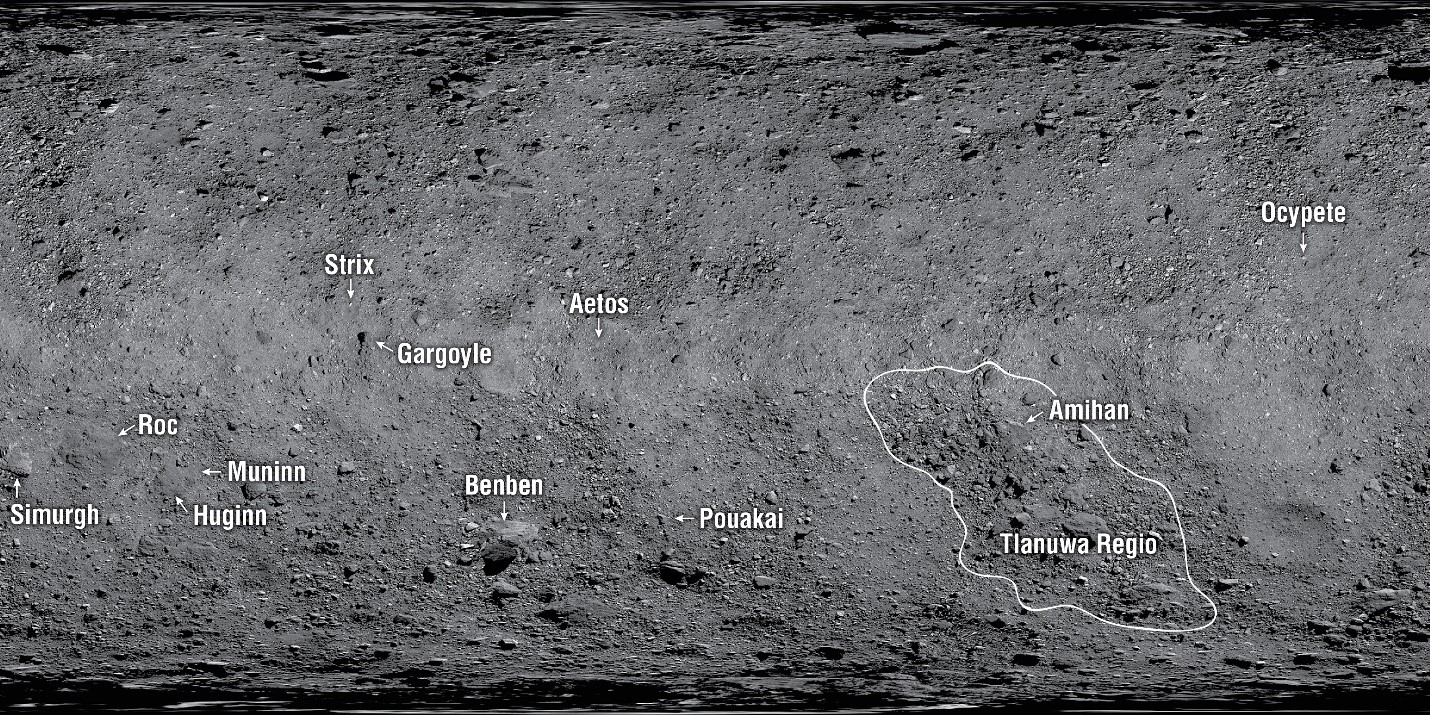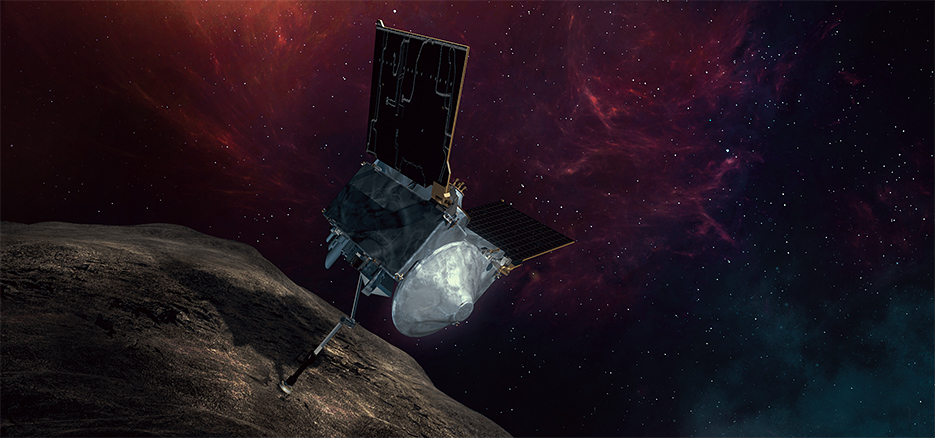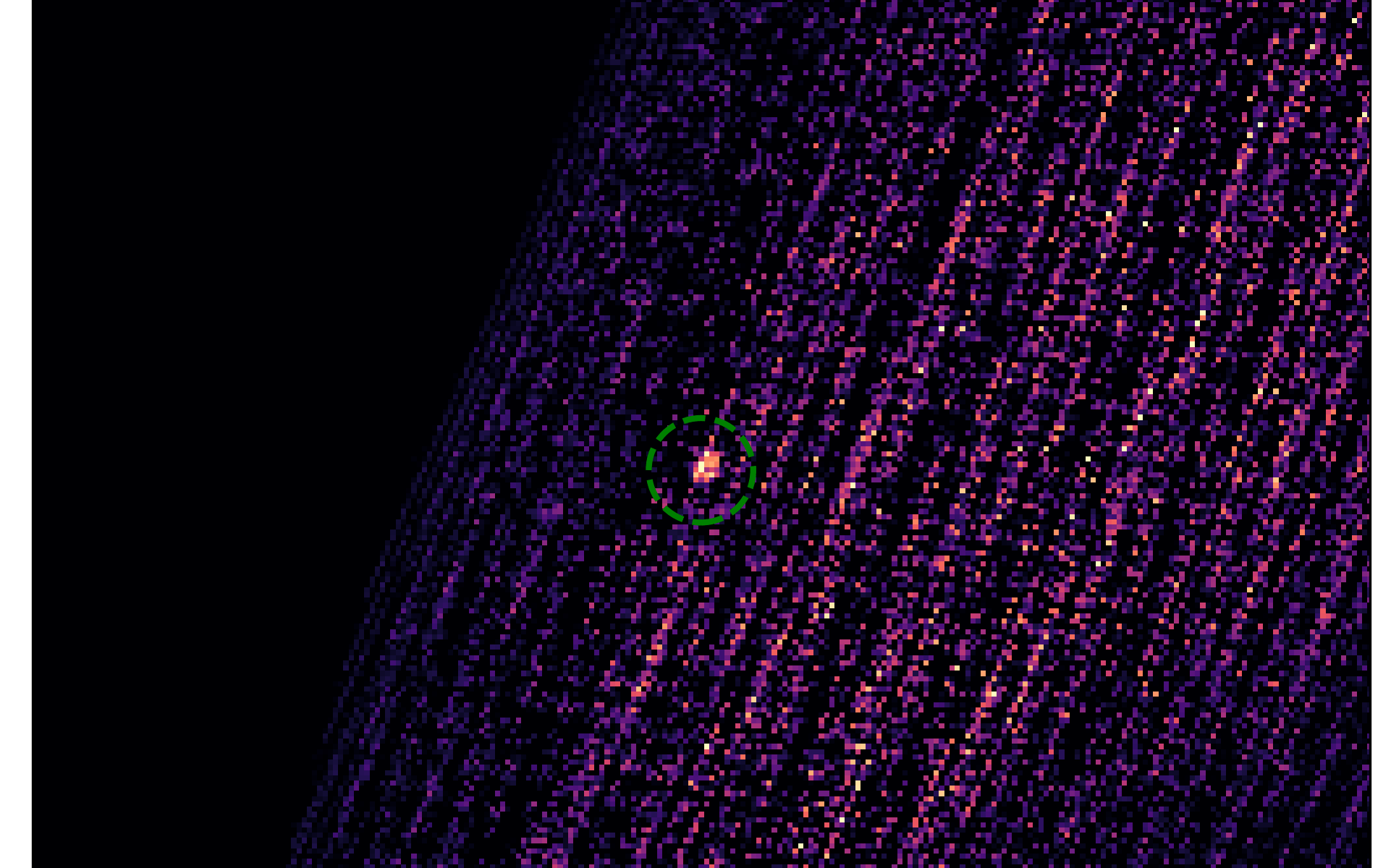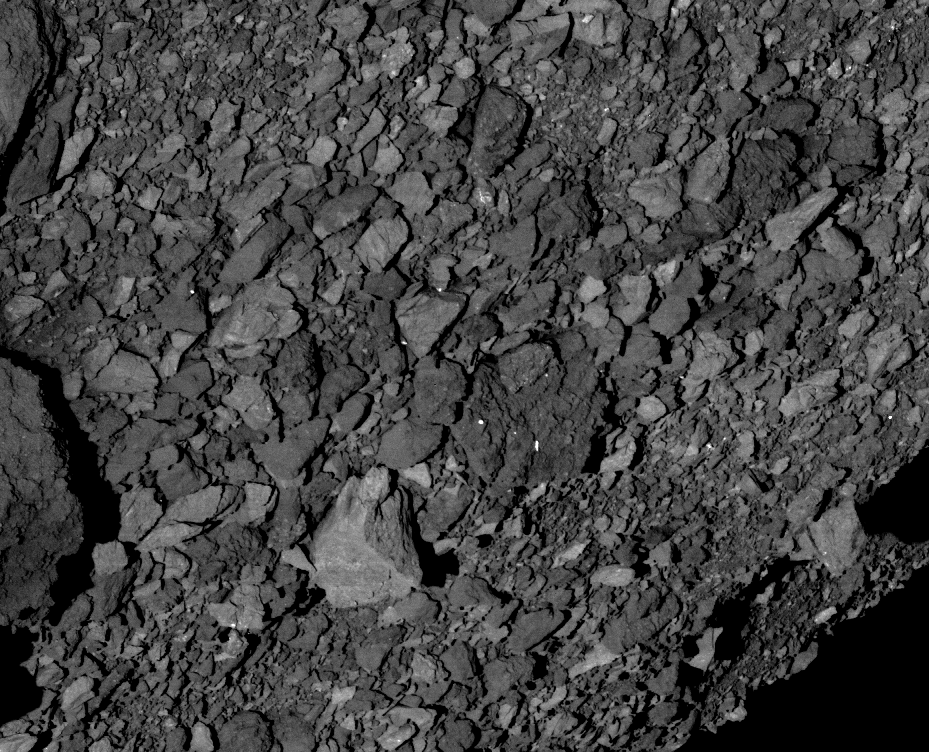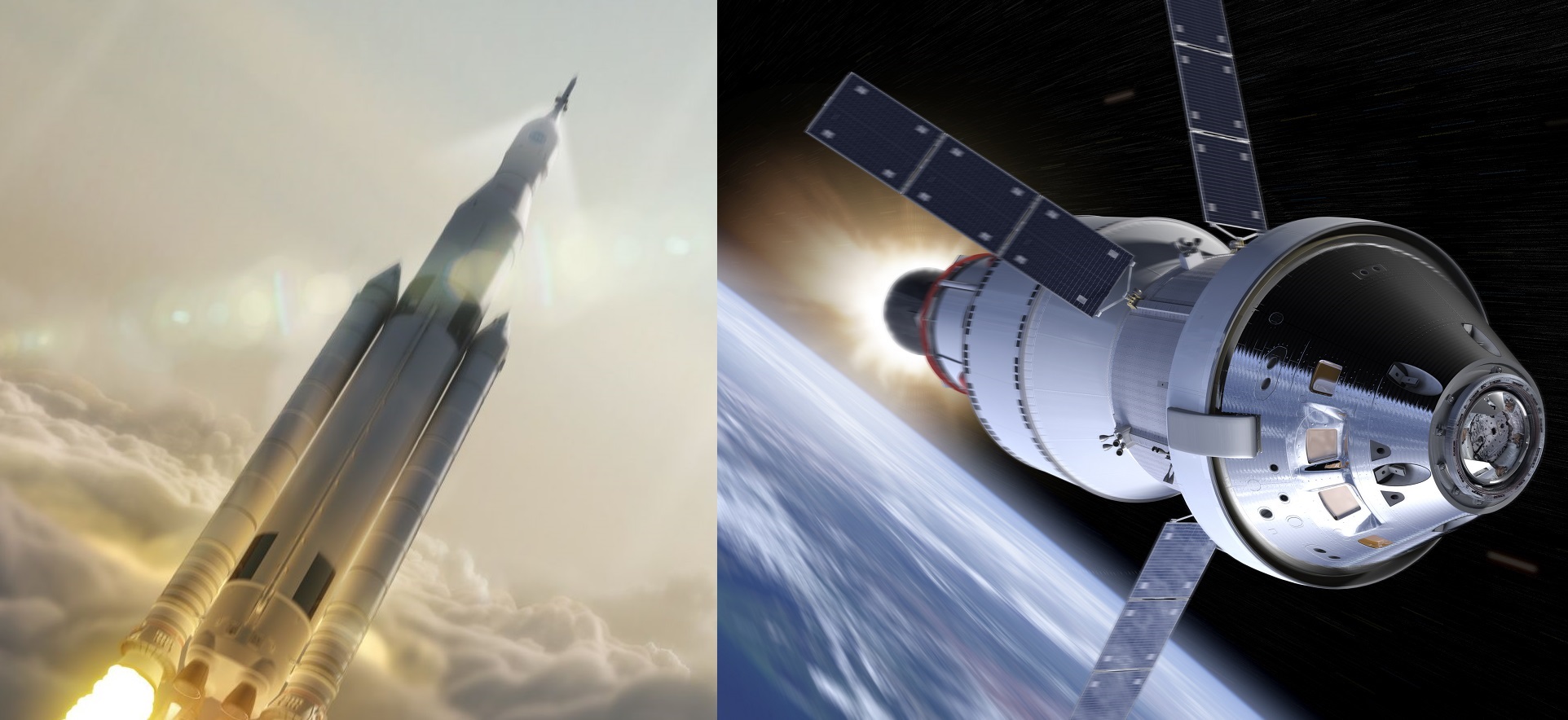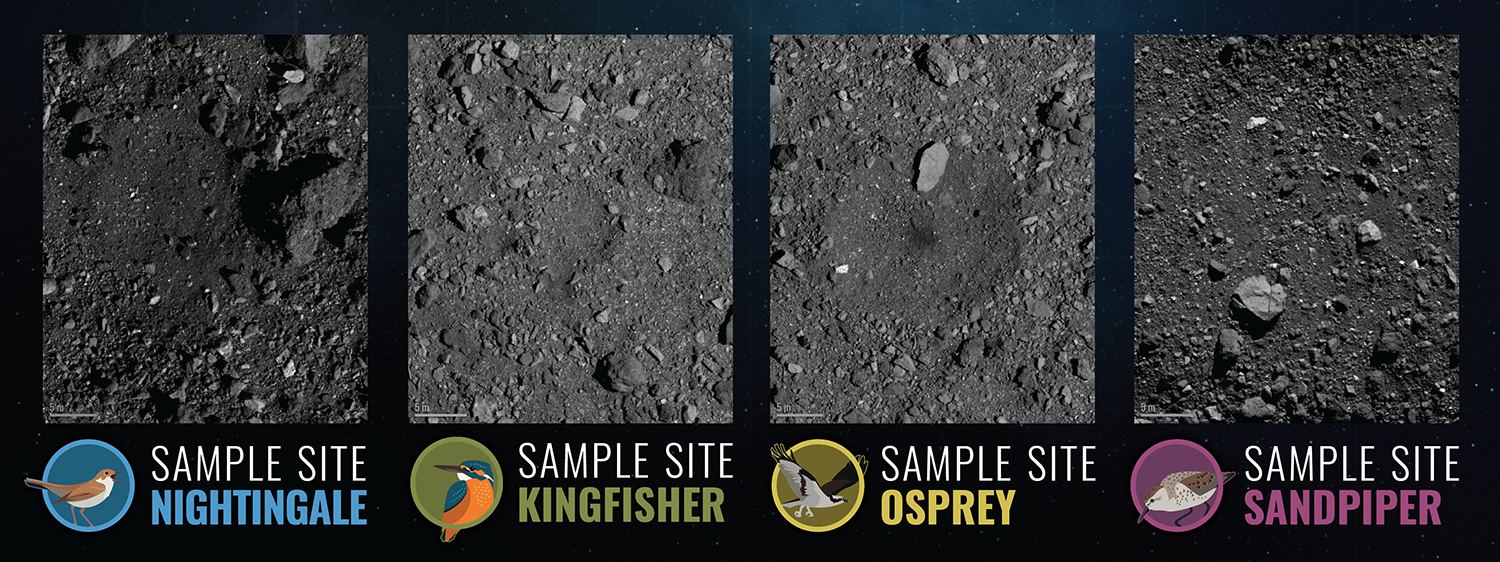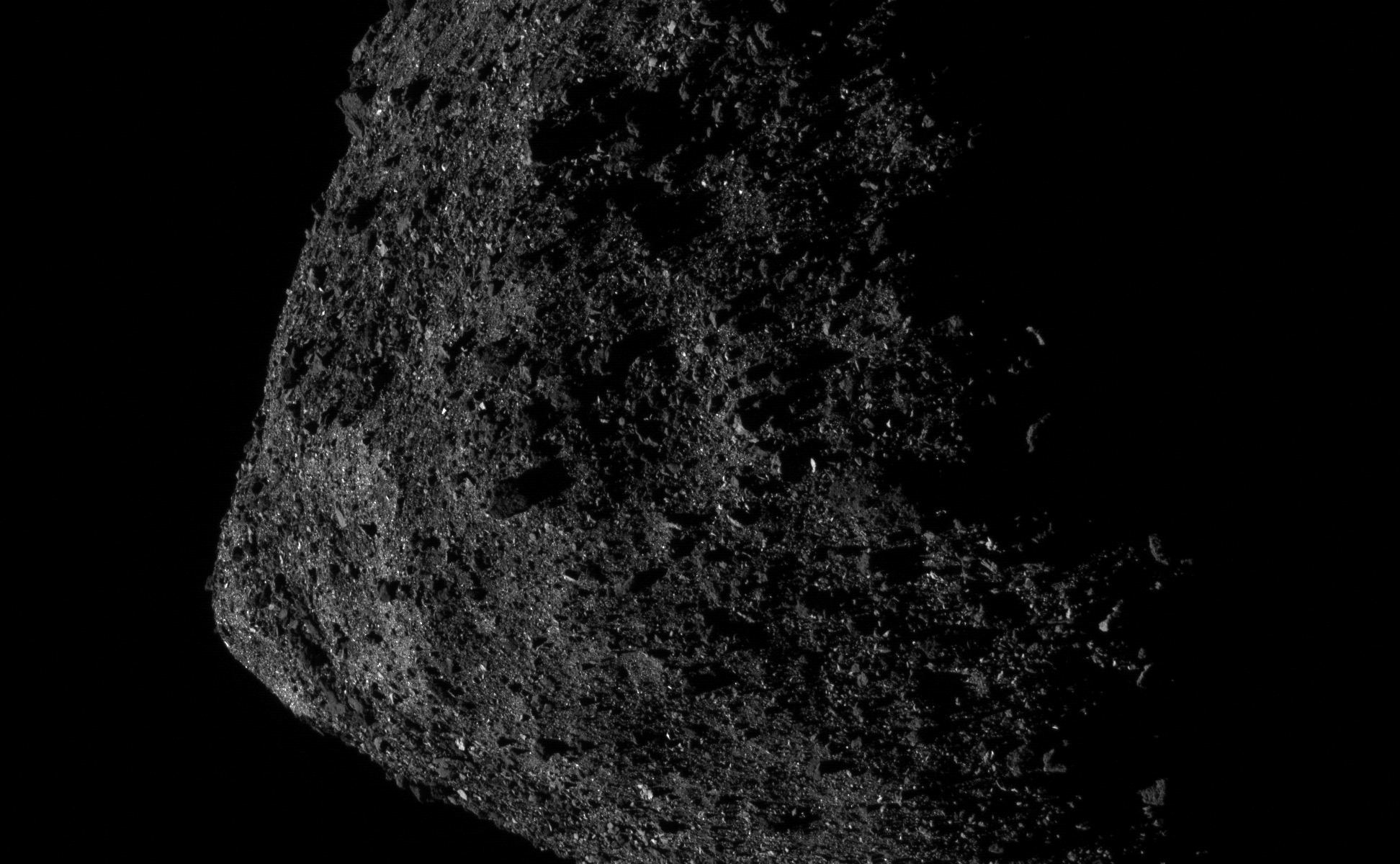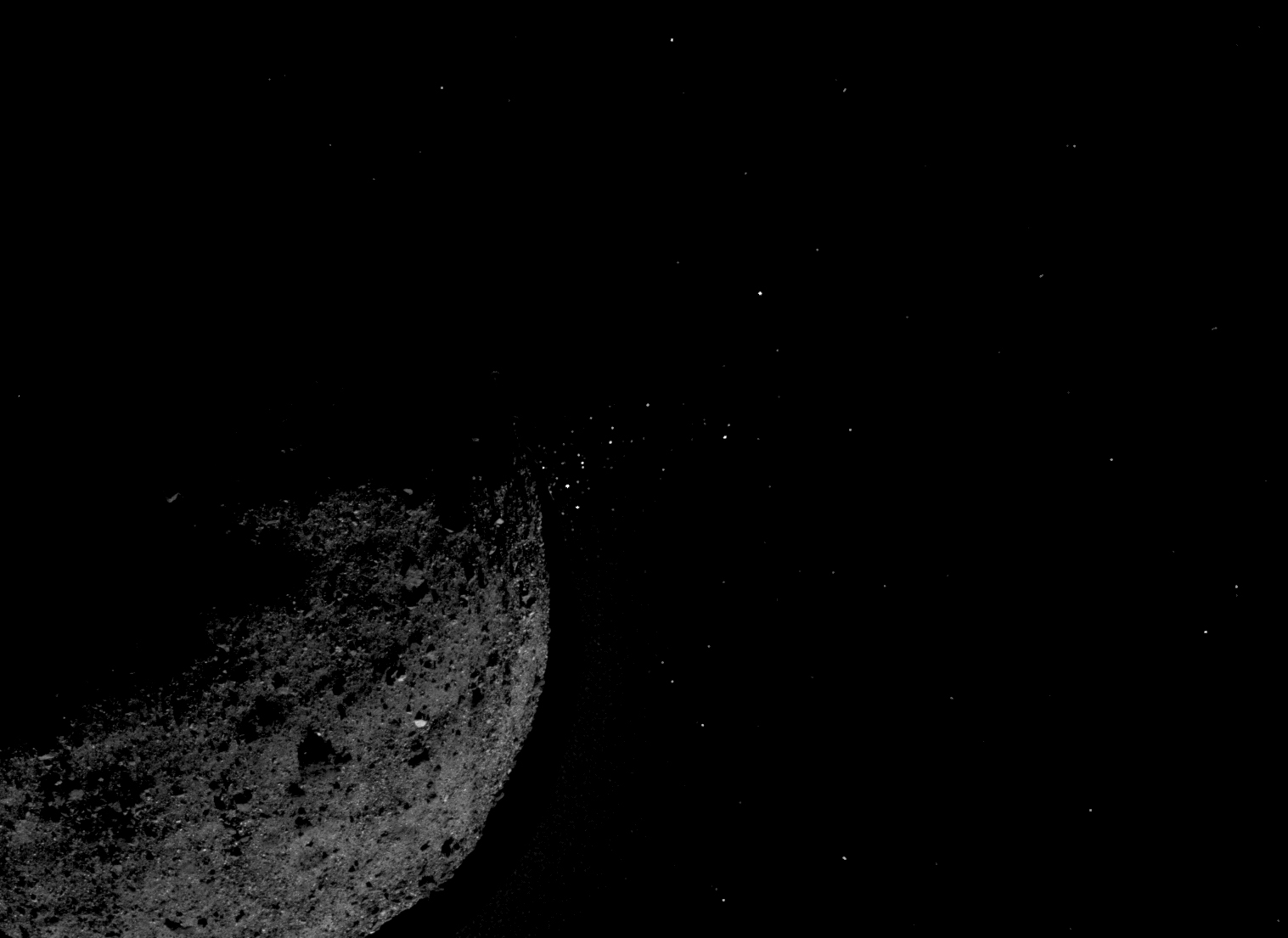Late last summer, NASA and the International Astronomical Union’s Working Group for Planetary System Nomenclature (a.k.a WGPSN) approved the naming convention for features on Bennu, the asteroid currently being orbited and studied by the OSIRIS-Rex spacecraft. The naming theme chosen was “birds and bird-like creatures in mythology.”
The first twelve features thusly named have now been announced. But more importantly, some of these features will be instrumental in helping to guide OSIRIS-REx to the surface of the asteroid later this year.
Continue reading “Asteroid Bennu is Getting Some Official Names for its Surface Features”
